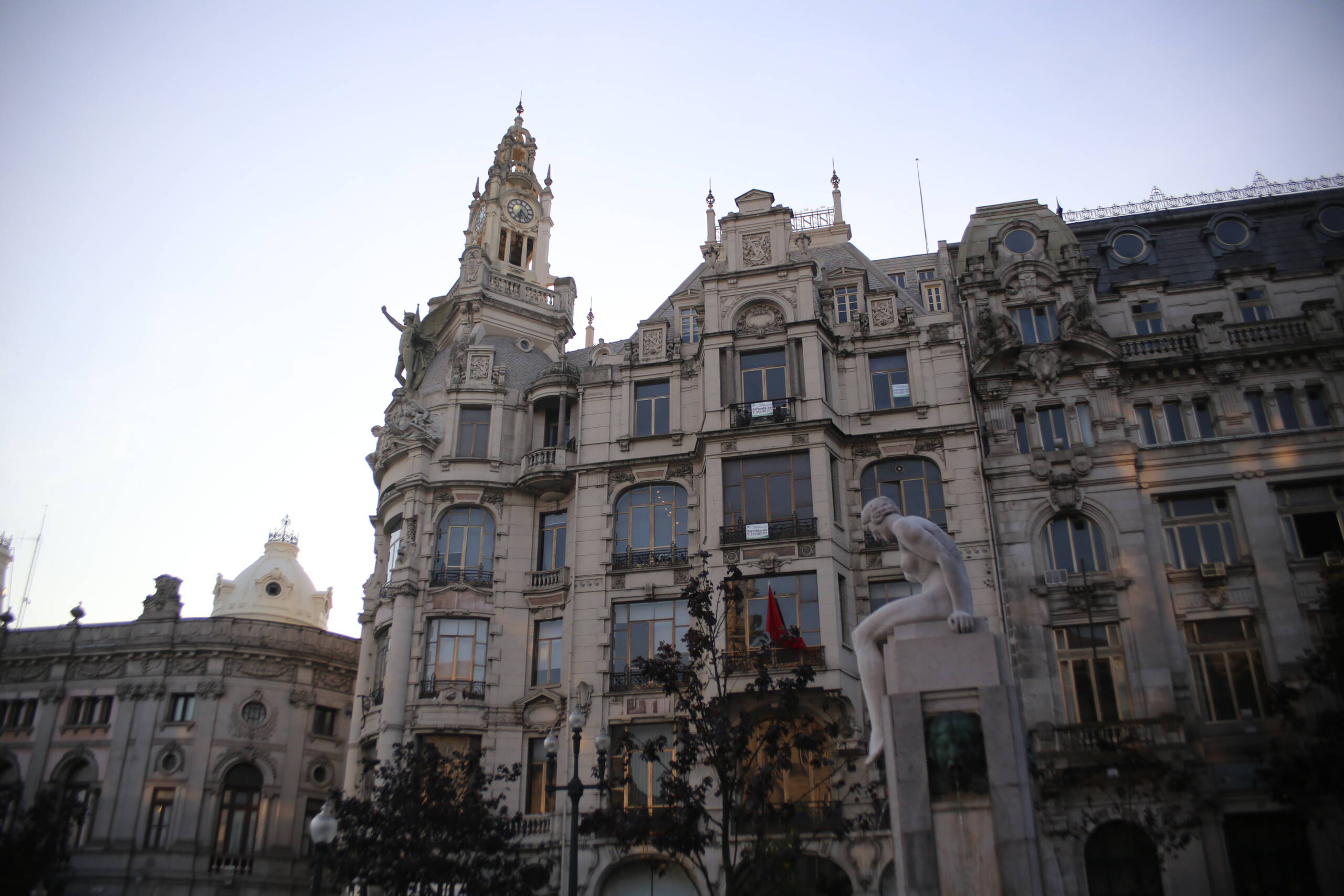If you walk through Porto’s Avenida dos Aliados, your eyes will likely be drawn upward first—to the lavish façades, the proud towers, the intricate carvings of the grand buildings. But pause for a moment and let your gaze rest lower, and you’ll find a figure who almost seems lost in thought amidst all the architectural drama. The marble statue seated at the base of one of the monuments is the work of Henrique Moreira, a renowned Portuguese sculptor who left his mark on the city in the early 20th century.

This particular sculpture is part of the Monument to Almeida Garrett, the celebrated poet, playwright, and politician who helped shape Portuguese Romanticism. While Garrett himself is commemorated here in bronze, Moreira’s white marble figure represents something more allegorical—“A Mulher,” or “The Woman.” She sits perched forward, head bowed, her pose somewhere between contemplation and mourning. Her nudity is not gratuitous but symbolic, embodying purity and truth, while her posture suggests the weight of history and the reflective spirit of art and poetry.
Set against the imposing granite and ornate details of the surrounding buildings, the statue’s quiet humanity stands out. It softens the square, drawing you into an intimate dialogue that balances the grandeur around it. And perhaps that’s why it resonates: in a place dominated by stone and civic pride, this solitary figure feels disarmingly personal. She reminds us that even amidst monumental history and national heroes, there’s room for vulnerability, thought, and quiet beauty.
I’ve always thought Porto thrives on these contrasts—majestic buildings and soft moments, stone power and human fragility. And in the middle of its busiest square, this silent figure keeps watch, not loudly, but with a presence you can’t quite shake once you’ve seen her.
Leave a Reply